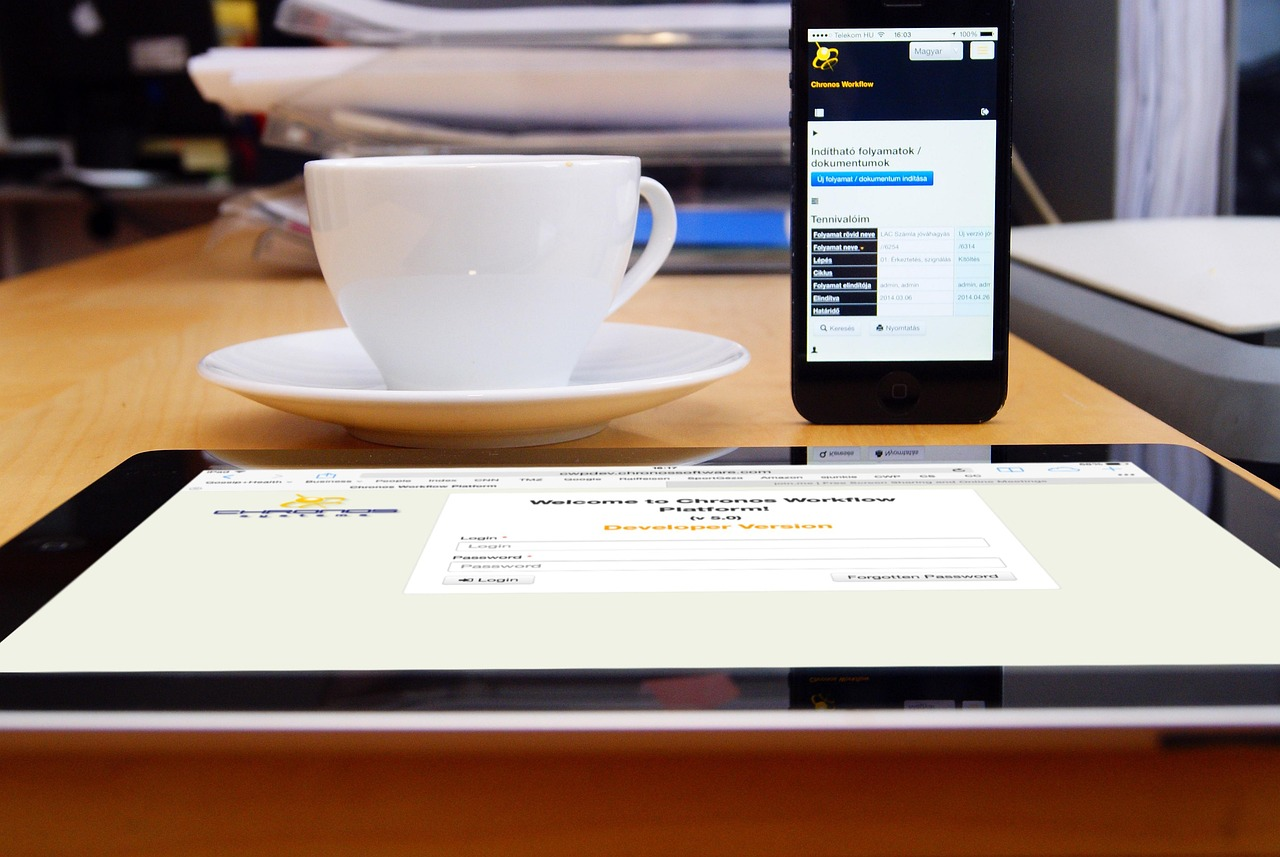Anatomy of a Modern AI Prompt Design System
3. Anatomy of a Modern AI Prompt Design System
Prompts are no longer clever one-liners. For enterprises, they are fast becoming a form of infrastructure—the invisible operating system that determines whether AI scales with confidence or crumbles under pressure.
That’s why the industry is moving beyond improvisation to Prompt Design Systems (PDS). These aren’t guesswork or gut instinct—they are structured, testable, and auditable frameworks that treat prompts like managed assets, not magical spells.
At its core, a modern PDS combines three disciplines:
Engineering Rigor – Prompts are version-controlled, benchmarked, and evaluated, much like code tested before release. Accuracy, safety, and consistency are no longer “nice to haves” but measurable outcomes.
Information Architecture – Context isn’t dumped in wholesale; it’s carefully selected, structured, and optimized to balance completeness with speed. Every choice about what to include—and why—can be tracked, adjusted, and improved.
Human Creativity – Creativity still matters, but within a system that ensures ideas scale, can be reused, and survive model updates.
The real shift is visibility and accountability. PDSs don’t just design prompts; they monitor performance in production—tracking accuracy, speed, hallucination rates, and even user satisfaction. When a prompt drifts off course, the system makes it possible to spot the issue and correct it before it becomes costly.
For decision-makers, the payoff is clear:
Lower costs by cutting wasted compute and inefficiency.
Safer AI with built-in compliance and audit trails.
Sustained advantage by turning one-off hacks into scalable assets.
This is the new reality: prompts are no longer throwaway text—they are infrastructure. Organizations that treat them with engineering discipline will build AI that is reliable, transparent, and trustworthy. Those who don’t will be left chasing fixes while others set the pace.
Table of Contents
3.1 Prompt Libraries for AI Agents and LLM Apps
The first pillar of a modern PDS is the prompt library—a centralized catalog of reusable, role-specific templates. These libraries transform prompts from tribal knowledge into shared business assets.
At Zendesk, libraries of empathy-driven prompts help customer support bots maintain consistent tone across regions.
Goldman Sachs ties compliance prompts directly to regulatory KPIs, reducing the risk of missteps in financial communication.
GitHub Copilot thrives on libraries that map coding tasks to context-aware AI suggestions.
According to McKinsey’s 2025 AI Workplace Report, 78% of enterprises using AI have implemented prompt libraries, with measurable gains in efficiency and fewer duplicated efforts. For leaders, the value is obvious: repeatability, accountability, and fewer “reinvent-the-wheel” cycles inside teams.
Even marketing and finance have joined in. Jasper AI, created by Dave Rogenmoser, thrives on reusable campaign templates, while Airbnb and Goldman Sachs maintain their own internal prompt banks tied directly to KPIs—trust and safety for one, financial compliance for the other.
The shift is clear: prompts aren’t hacks anymore. They’re reusable business assets tracked like code and versioned for scale.
3.2 Automation and Orchestration in AI Workflows
A prompt without orchestration is like a gear without a machine. The real breakthrough comes when prompts are integrated into workflows—fed by APIs, connected to CRMs, grounded in knowledge bases.
Salesforce Einstein GPT pulls live customer data to craft personalized messages.
HubSpot AI orchestrates prompts for real-time marketing campaigns.
Retrieval-augmented generation (RAG) systems ensure outputs remain contextually grounded, pulling from vector databases like Pinecone or Weaviate.
The Wall Street Journal (2025) reports that 80% of enterprises now prefer RAG over fine-tuning for scaling AI, citing better accuracy and lower costs. For business leaders, the message is clear: orchestration isn’t optional. It’s what transforms AI from “toy demos” into real engines of ROI.
Through orchestration, simple word cues are transformed into dynamic workflows that adapt in real time, enabling AI systems to move beyond static interactions toward intelligent, automated processes.
3.3 Testing and AI Model Evaluation Pipelines
Enterprises learned long ago that no product ships without QA. The same principle is now being applied to prompts.
Companies run A/B tests across GPT-5, Claude, Gemini, measuring factual accuracy, latency, and customer satisfaction. Platforms like Scale AI and Weights & Biases help teams benchmark prompts with metrics that matter—hallucination rates, bias detection, response times.
Consider this: a Google Cloud study showed that reducing latency by just 100 milliseconds increased conversions by 7%. Testing prompts for speed and quality isn’t a technical indulgence—it’s a direct lever for revenue.
For decision-makers, the payoff is confidence. Instead of “hoping” the AI performs, testing pipelines ensure it does.
There has been an enormous growth of evaluation platforms. Alexandr Wang started Scale AI, and Lukas Biewald, Chris Van Pelt, and Shawn Lewis started Weights & Biases. Both companies now include dashboards that let businesses compare cues across models, keep track of tests, and check the results.
Prompts no longer “sound good.” They perform or fail—measured by hard numbers.
3.4 AI Governance and Compliance
As AI matures, prompts themselves have become compliance objects. The EU AI Act and the U.S. AI executive orders of 2023–2024 demand transparency in how prompts shape outputs. Enterprises now log every prompt version for future audits.
An Accenture study found that 63% of these organizations plan to increase and strengthen these capabilities further by 2026. Vendors like Credo AI, founded by Navrina Singh, and Arthur AI are building governance platforms that detect bias, validate compliance, and provide auditable trails. In finance, J.P. Morgan’s AI division is building prompts that automatically check every output against SEC guidelines before it’s delivered to a client.
What was once improvisation has become a regulated, auditable process.
Closing View: The End of Hacks, the Rise of Systems
Sam Altman from OpenAI, Dario Amodei from Anthropic, and Sundar Pichai from Google have all said the same thing: the time of one-time prompt tricks is over. Prompt Design Systems are the way of the future. They are modular, measurable, and controlled.
It’s not about speaking the correct words into a model that matters here. It’s about developing infrastructures for human-machine conversation that can grow and that enterprises can trust, test, and check.
Quick Game: Build Your AI Prompt Design System
Ad-Hoc or Systematic?
A) Hacky one-off prompts
B) Organized libraries and workflows
Scale Test:
A) Works for a single demo
B) Reliable across enterprise apps
Evaluation Style:
A) Gut feeling
B) Automated testing pipelines
Solution:
Mostly A → You’re in Prompt Craft Mode (fragile, small-scale, experimental).
Mostly B → You’ve reached Prompt Design Systems (scalable, reliable, enterprise-grade).
Contributor:

Nishkam Batta
Editor-in-Chief – HonestAI Magazine
AI consultant – GrayCyan AI Solutions
Nish specializes in helping mid-size American and Canadian companies assess AI gaps and build AI strategies to help accelerate AI adoption. He also helps developing custom AI solutions and models at GrayCyan. Nish runs a program for founders to validate their App ideas and go from concept to buzz-worthy launches with traction, reach, and ROI.
Contributor:

Nishkam Batta
Editor-in-Chief - HonestAI Magazine
AI consultant - GrayCyan AI Solutions
Nish specializes in helping mid-size American and Canadian companies assess AI gaps and build AI strategies to help accelerate AI adoption. He also helps developing custom AI solutions and models at GrayCyan. Nish runs a program for founders to validate their App ideas and go from concept to buzz-worthy launches with traction, reach, and ROI.
Unlock the Future of AI -
Free Download Inside.
Get instant access to HonestAI Magazine, packed with real-world insights, expert breakdowns, and actionable strategies to help you stay ahead in the AI revolution.






